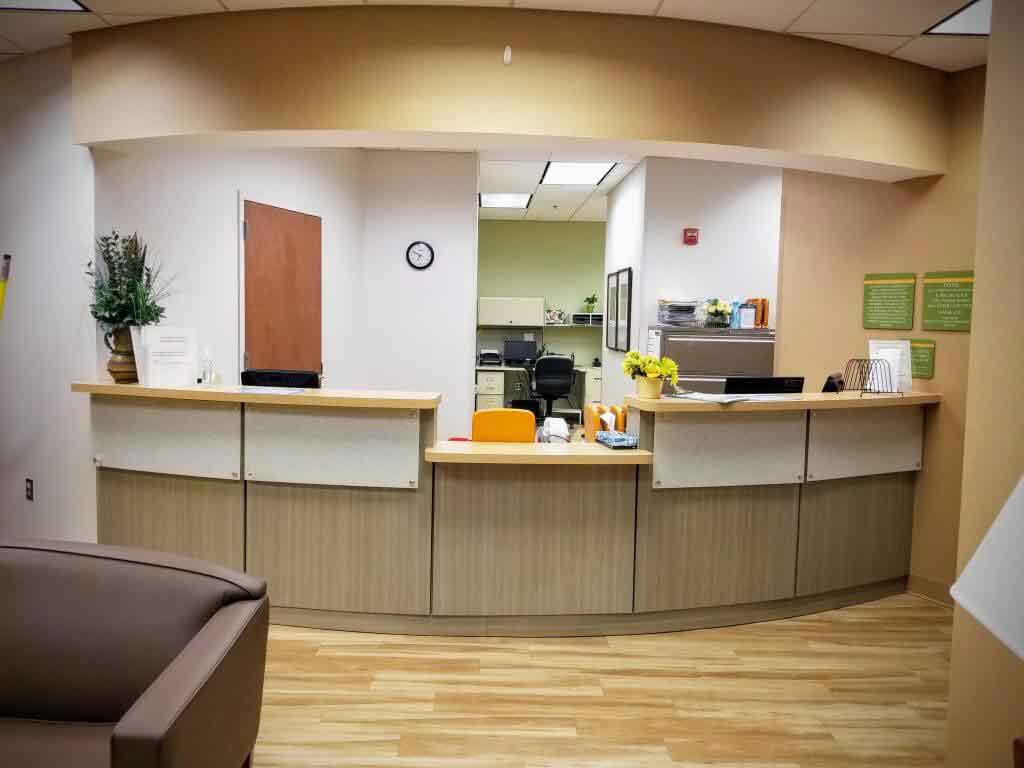Cervical cancer often develops silently. Many women don’t experience symptoms until the disease is in an advanced stage, and by then, treatment becomes more complex.
That’s why early detection and targeted intervention matter. For many women, this is where an OBGYN steps in with clarity and options.
One of the most effective procedures they may recommend is LEEP, and this blog explains how it works, what causes cervical cancer, and how the procedure lowers your risk. We’ll also cover what to expect after treatment, the long-term outlook, and what else you can do to protect your health.
What is LEEP?
LEEP stands for Loop Electrosurgical Excision Procedure. It’s a quick and minimally invasive treatment used to remove abnormal or potentially precancerous tissue from the cervix. A thin wire loop, powered by a low-voltage electrical current, gently cuts away the affected areas without damaging the surrounding healthy tissue.
This procedure is typically recommended after a Pap smear or HPV test reveals irregular cell changes. By removing the abnormal cells before they spread or worsen, LEEP significantly reduces the risk of cervical cancer developing.
It’s often done right in your OB-GYN’s office and usually takes about 10 to 20 minutes. Local anesthesia is used to keep you comfortable, and most patients can resume light activities within a day.
What Causes Cervical Cancer
Cervical cancer develops slowly and is almost always linked to a persistent infection with high-risk types of human papillomavirus (HPV). HPV is an extremely common virus that spreads through intimate skin-to-skin contact, most often during sexual activity.
While many people will contract HPV at some point, the majority of infections go away without treatment. It’s the long-lasting infections, especially those caused by certain high-risk strains, that increase the risk of cervical cell changes and, eventually, cancer.
Here are the key factors that contribute to cervical cancer:
- Persistent infection with high-risk HPV strains – Particularly types 16 and 18, which are responsible for about 70% of all cervical cancer cases. These strains can remain undetected in the body for years before causing abnormal cell growth.
- Weakened immune system – A compromised immune system can make it harder for the body to fight off HPV. Conditions like HIV or medications that suppress immunity may increase the risk.
- Smoking – Tobacco use has been linked to increased risk because it weakens the immune response in the cervix. Chemicals in cigarettes can also damage the DNA of cervical cells.
- Long-term use of birth control pills – Some studies suggest that using oral contraceptives for five years or more may slightly raise the risk. The risk appears to return to normal after stopping the pills.
- Multiple full-term pregnancies – This may be linked to changes in the cervix over time. Hormonal shifts and immune system changes during pregnancy could contribute to the risk.
- Early sexual activity and multiple sexual partners – These factors increase exposure to HPV. The more partners one has, the higher the likelihood of encountering high-risk HPV types.
How Effective is LEEP at Preventing Cervical Cancer?
LEEP is highly effective at removing abnormal cervical tissue. Studies show that the procedure prevents cervical cancer in a significant number of patients diagnosed with precancerous lesions.
Success rates vary based on the severity of the lesions and the patient’s overall health, but recurrence is rare when follow-up care is done correctly. Most women who undergo LEEP can return to their regular screening schedule after a few months, with little to no complications.
Long-Term Side Effects of LEEP Procedure
Most women recover fully after LEEP, and the benefits often outweigh the risks, especially when it comes to preventing cervical cancer. Still, like any medical procedure, there can be long-term effects, though these are relatively uncommon.
Here are some potential long-term side effects of the LEEP procedure:
- Cervical stenosis – This is the narrowing of the cervical opening, which may make future Pap smears or menstrual flow more difficult. In rare cases, it can interfere with fertility evaluations or treatments.
- Weakened cervical tissue – LEEP may slightly thin the cervix, which can increase the risk of cervical insufficiency during pregnancy. This could potentially lead to premature birth or the need for extra monitoring.
- Repeat procedures – In some cases, abnormal cells may come back, requiring another LEEP or a different follow-up procedure to ensure all precancerous tissue is removed.
- Changes in menstrual patterns – Some patients notice heavier or irregular periods following the procedure, though this typically improves with time.
- Scar tissue formation – Scar tissue on the cervix can sometimes interfere with dilation during labor, although this is uncommon and can usually be managed by an advanced OB-GYN.
Chances of Cervical Cancer After LEEP
LEEP is a strong defense against cervical cancer, but follow-up OBGYN care is what truly keeps that protection working long-term. While the procedure removes abnormal cells, the possibility of recurrence remains, especially if HPV is still present or if new risk factors appear over time.
Beyond testing, your post-LEEP follow-up should focus on strengthening your body’s ability to clear HPV and reducing your chances of future abnormalities.
Here’s how follow-up care plays a bigger role than most realize:
- Lifestyle adjustments – A healthy immune system is key to fighting off persistent HPV. Quitting smoking, managing stress, getting enough sleep, and eating nutrient-rich foods all support your body’s natural defenses.
- Colposcopy, if needed – In cases where test results are unclear or mildly abnormal, your OBGYN might recommend another look through colposcopy. It gives a more detailed view of the cervix and helps spot tiny changes early.
- Tailored screening schedule – Not all women need the same follow-up timeline. Based on your age, history, and results, your OB GYN might suggest more frequent checks to stay ahead of any risks.
- Emotional reassurance – Follow-ups also give you a chance to ask questions, share concerns, and get clarity about your health journey. Knowing you’re being actively monitored can ease anxiety and boost confidence.
How Can You Prevent Cervical Cancer?
Cervical cancer is one of the most preventable types of cancer if you take the right steps early. It starts with being consistent about your health and making smart choices that lower your risk of HPV and help your body fight off abnormal changes.
Here’s what you can do:
- Get regular Pap smears and HPV testing
Routine screening catches cell changes early, before they become cancer. Your OBGYN will recommend how often to test based on your age and results. - Get the HPV vaccine (if you’re eligible)
The vaccine protects against the most dangerous HPV strains, including types 16 and 18, which are responsible for most cervical cancers. - Practice safe sex
Using condoms and limiting the number of sexual partners helps reduce your risk of HPV exposure. - Avoid smoking
Smoking weakens your immune system and makes it harder for your body to clear HPV infections. Quitting gives your body a better shot at staying healthy. - Maintain a strong immune system
Eat well, exercise, manage stress, and get enough rest. A healthy immune system is your body’s best defense against persistent infections. - See your OBGYN regularly
Annual visits aren’t just routine, they’re essential. Your doctor can track any changes in your cervical health, offer guidance based on your risks, and take action quickly if anything unusual shows up.
For a deeper look at the checkups that matter most at every stage of life, read our guide on Preventive Health Screenings Every Woman Needs by Age Group.
Personalized Support from OBGYN Specialists
When uncertain results are involved or you’re deciding whether to proceed with a procedure like LEEP, it helps to have a care team that takes the time to explain, guide, and support you. At Atlanta Obstetrics & Gynecology Specialists, we make sure you understand your options, feel heard during every appointment, and leave with a clear plan that fits your personal health goals.
Whether it’s a routine exam, post-procedure care, or long-term prevention, we’re here to help you make confident decisions about your health. Reach out to us when you’re ready—we’re here to listen. Let’s talk about the next steps together. Schedule your visit today.


